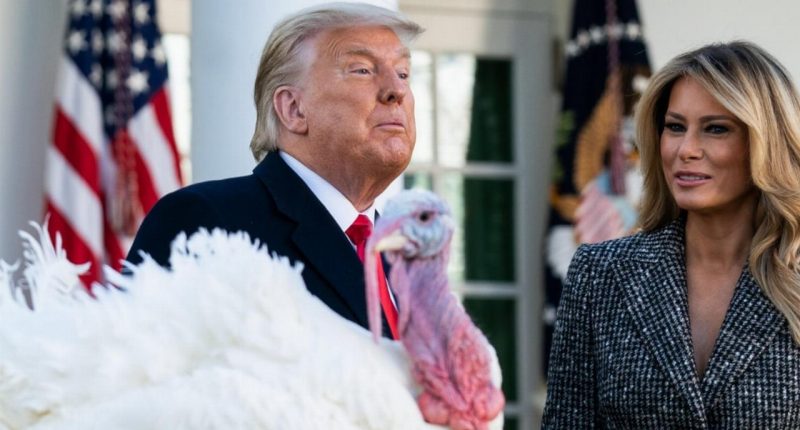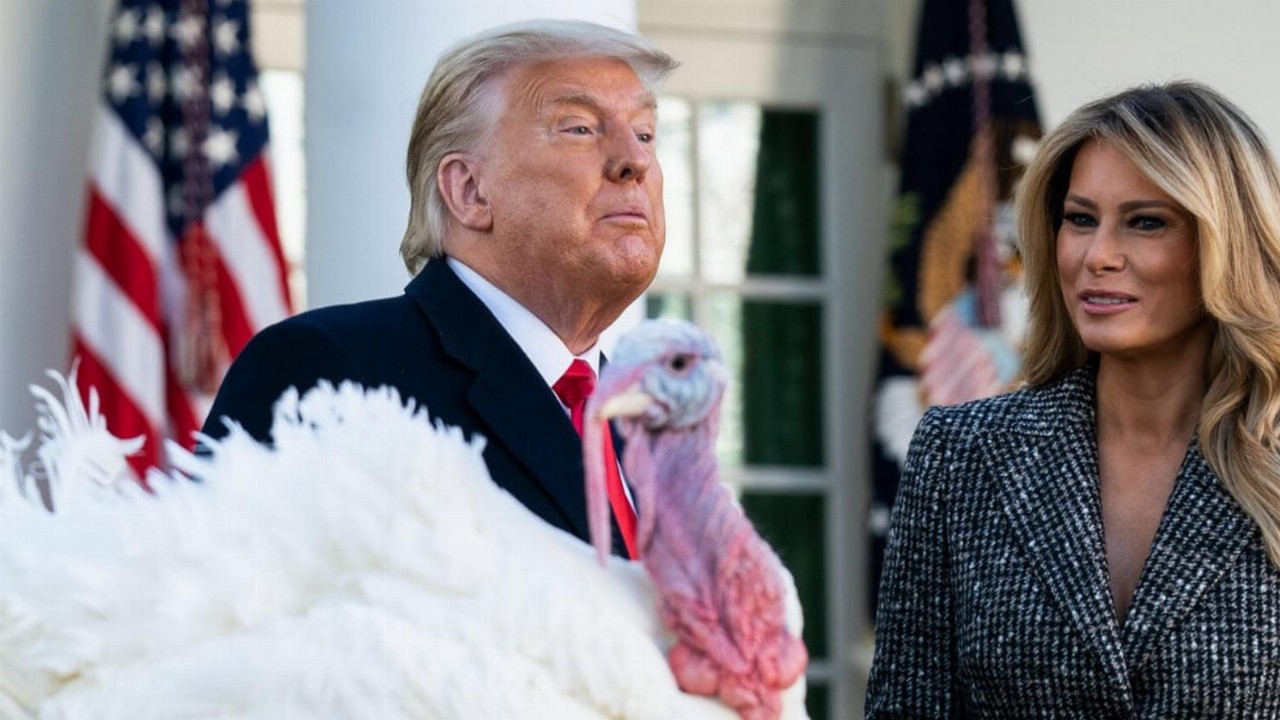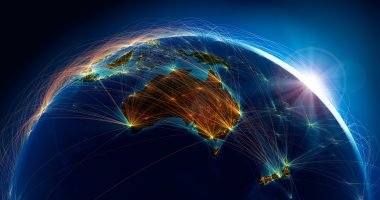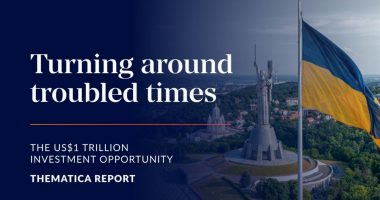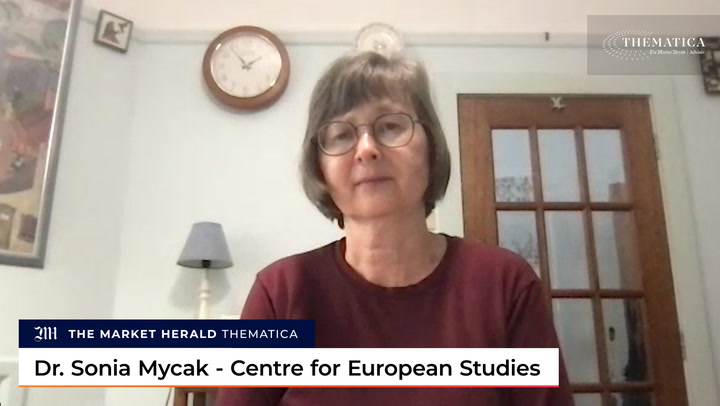- This week, the United States has seen how COVID-19 is reshaping the country’s habits around holiday travel and shopping
- Many Americans stayed home for Thanksgiving on Thursday, choosing instead to see family over video calls
- However, many others ignored public health guidance, with over a million passing through U.S. airports the day before Thanksgiving
- Meanwhile, pandemic fears have notably reduced the number of shoppers at major U.S. retailers on Black Friday, the nation’s busiest shopping day
- Despite these reductions, the number of hospitalised COVID-19 patients in the U.S. hit a record 90,000 on Friday
- With many families and friends mingling over the Thanksgiving holiday period, America’s health experts fear that COVID-19 infection and hospitalisation rates could climb higher in the coming weeks
This week, the United States has seen how COVID-19 is reshaping the country’s habits around holiday travel and shopping.
The latter half of November is typically a busy time for Americans, with a major national holiday and retail event scheduled in close proximity. This year, however, Thanksgiving and the subsequent Black Friday sales have been very different, thanks to the pandemic.
U.S. health experts and politicians, including President-elect Joe Biden, asked Americans to stay home for Thanksgiving, for the safety of all. Many Americans listened, and spent their Thanksgiving seeing loved ones through socially distanced communication methods, like video calls.
Nevertheless, many others ignored public health guidance and chose to travel during the holiday.
On the day before Thanksgiving, over 1.07 million people passed through U.S. airports. This is the largest number of people to have flown in the U.S. on any one day since the start of the pandemic.
From Friday to Wednesday, nearly six million Americans travelled by air. While this is less than half of the flyers recorded at the same time in 2019, so much movement during a pandemic is still considered dangerous by medical experts.
Justified fears about COVID-19 transmission also hit Black Friday, the nation’s busiest shopping day and annual retail event. While many shoppers still came out in person to shop at major retailers, their numbers were far fewer than in previous years.
Those who did come out in person were met by a vastly different experience to the usual bustling mass of bodies clamouring for bargains. Instead, they found socially distanced waiting lines, plastic barriers, temperature checks, and curb-side pick-up options.
The number of brick-and-mortar sales was also reduced by stores offering early online deals. In the age of COVID-19, countless retailers have made the necessary move to the internet, to recoup the profits lost during physical lockdowns.
Adobe Analytics expects that 2020’s Black Friday and Cyber Monday will be the two largest online sales days in history.
Despite reductions in shopping and travel, the number of hospitalised COVID-19 patients in the U.S. hit a record 90,000 on Friday. The overwhelming number of severe cases is pushing the country’s struggling hospitals not only to capacity, but to their breaking point.
The U.S. rate of hospitalisations for the virus is now at the highest level since the pandemic began early this year. With many families and friends mingling over the Thanksgiving holiday period, America’s health experts fear that COVID-19 infection and hospitalisation rates are about to climb even higher.

